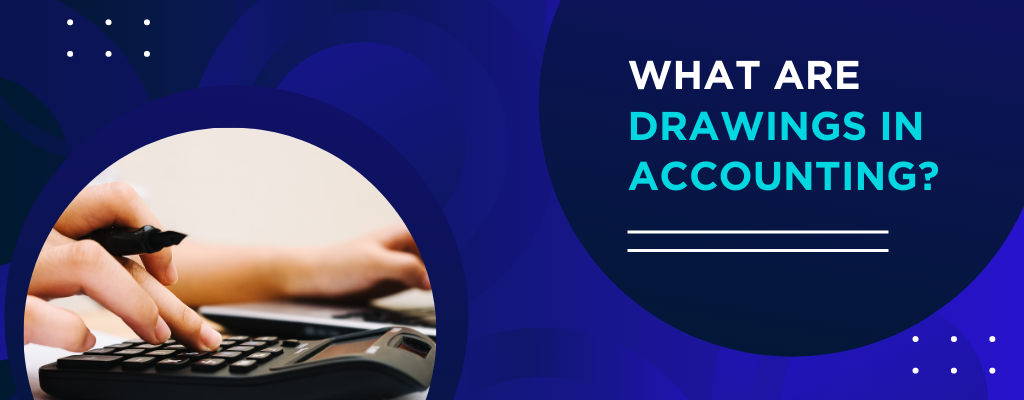What are Drawings in Accounting?
As an accounting business owner in the UK, you must keep an eye on how much money you or your business partner withdraws from the business for personal use. This type of transaction made for personal use is a drawing.
Since these drawings appear on your company’s balance sheet, you must keep an eye on them. Let’s try to understand in detail what drawings are in accounting, how to record them, etc.
Introduction to Drawings in Accounting
Drawings in accounting are a type of transaction that is used to represent the drawing of money out of business for personal or non-profit use. Small business owners, sole proprietors, and partnership members often use this transaction. Drawings in accounting can also be used in larger businesses, but they are usually not used as often as in smaller companies.
Drawing accounts usually work year to year, meaning that they are temporary. A drawing account should be closed at the end of each year, with its balance transferred to the owner’s equity account and re-established in the new year. Accurate recording of these can help balance the books perfectly at the end of each financial year.
For several reasons, it is essential to keep accurate records of drawings in accounting transactions. Two of the essential benefits of recording drawings in accounting are:
They offer a great way to track the cash flow of a business. By monitoring the amount of money being taken out of the company, business owners can better understand the financial health of their business. This can be especially beneficial for small business owners needing access to more sophisticated financial tracking systems.
Another advantage of drawings in accounting is that one can use them to help business owners understand their taxes. By keeping track of the amount of money being taken out of the business, business owners can more accurately calculate the amount of taxes they owe. This can be especially helpful for small business owners who may need to become more familiar with the tax laws.
The Types of Drawings in Accounting

There are two main types of drawings in accounting: capital drawings and drawings for personal use.
- Capital drawings are withdrawals from the business used to purchase assets or other long-term investments. This type of drawing is usually used by business owners looking to reinvest their profits into the business.
- Drawings for personal use are withdrawals from the business that are used for personal expenses. This type of drawing is usually used by business owners looking to cover their personal expenses or purchase assets for personal use.
Remember that a drawing account does not only include cash. It covers all assets, so even if a business owner wants to withdraw equipment from the office for personal use, it is recorded here.
How to Record Drawings in Accounting?
Regarding recording drawings in accounting, one can use a few different methods. The most common way is to record the transaction as a debit to the owner’s capital account and a credit to the business’s bank account.
Another method that one can use is to record the transaction as a debit to the owner’s capital account and a credit to the owner’s account. One can use this method if the owner takes the money out of business for personal use.
Frequently Asked Questions
Are Drawing Accounts an Asset or a Liability?
Drawing accounts represent the money withdrawn by the owner and are treated as an asset to the company. On the other hand, the capital brought in by the owner is a liability for the business.
Are Owner Drawing an Expense?
Not at all. Owner draws are personal and do not constitute an expense for the business. This also means they are not tax deductible.
Is drawings owner’s equity?
Any personal drawing reduces the available capital and owner’s equity. However, it is not counted as an expense for the business, and thus, it does not show up on the income statement of a business.
Conclusion
Drawings in accounting are an essential concept to learn when it comes to understanding how a business’s finances are managed and how the company is taxed. In this comprehensive guide, we looked at what drawings in accounting are, the advantages of recording drawings in accounting, the types of drawings in accounting, and how to record drawings in accounting.
As a small business owner, you should understand drawings in-depth before withdrawing cash or other assets from your business, as excessive withdrawals can weaken your financial status.

